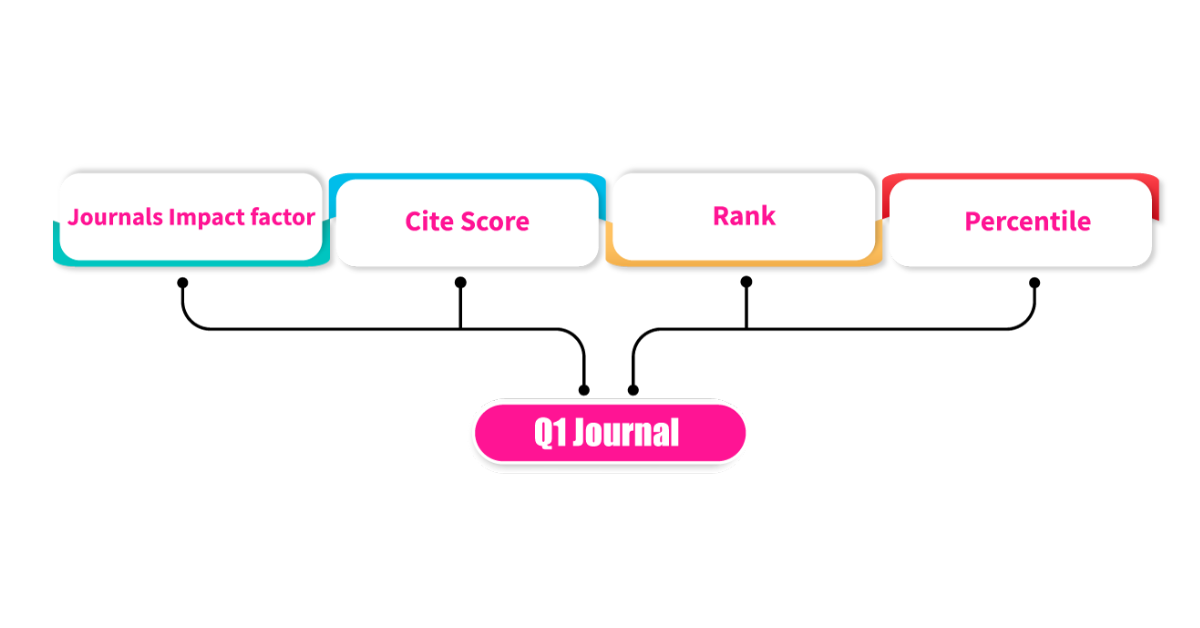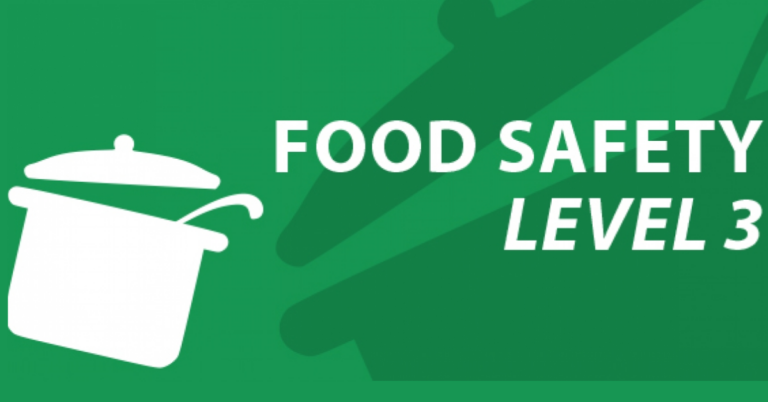Unlocking Academic Excellence: A Deep Dive into the Q1 Journal List
In the highly competitive world of academic publishing, securing a publication in a journal categorized as part of the “Q1 Journal List” is widely viewed as a gold standard for researchers aiming to enhance the visibility, credibility and impact of their work. When we talk about a Q1 journal, we are referring to those publications that sit firmly in the top 25 % of journals in their subject category according to established metrics. These journals on the Q1 journal list demand originality, methodological rigour, and broad relevance and in turn they offer superior recognition, citations and career-advancing opportunities.
What does “Q1 Journal List” really mean?
At its core, the concept of the Q1 journal list hinges on quartile rankings of academic journals. Recognized platforms such as Clarivate Analytics (through its Journal Citation Reports) and Elsevier’s Scopus database (via the SCImago Journal Rank) divide journals within specific subject categories into four quartiles. Q1 journals are those ranked in the first quartile — the highest tier — meaning they feature among the top 25 % of journals in that field.
Put simply, if you have a research article published in a journal that appears on the Q1 journal list, your work has passed through demanding editorial standards and stands a higher chance of readership and citation.
Why researchers aim for the Q1 journal list
1. Enhanced Visibility and Reach. Q1 journals tend to have higher impact factors and citation scores; articles published in them are more likely to be noticed and referenced.
2. Career Advancement. For researchers, especially early-stage academics and PhD scholars, a spot on the Q1 journal list is often a key credential used in hiring, promotion, and grant-application decisions.
3. Institutional Recognition. Many universities and research funders stipulate or favor publication in Q1 journals when assessing performance or funding eligibility.
4. Stronger Research Influence. When your work is published in a Q1 journal, the reach goes beyond your immediate research niche; you become part of the broader scholarly conversation in your field and beyond.
How does a journal qualify for the Q1 journal list?
Qualification for the Q1 journal list generally involves a multi-step evaluation:
-
Citation metrics: The journal’s impact factor, CiteScore, or other citation indices are compared to others in the same category.
-
Ranking and percentiles: If a journal’s metrics place it within the top 25 % of its category, it earns Q1 status.
-
Subject category alignment: The journal must be properly indexed in the relevant subject category; a journal may be Q1 in one category but Q2 or Q3 in another.
-
Database indexing: Often the journal must be included in trusted citation and abstracting databases (such as Web of Science or Scopus) and follow recognized peer-review and editorial standards.
In short: being on the Q1 journal list signals that a journal is among the most influential in its discipline, judged by standard quantitative and qualitative measures.
How to use the Q1 journal list to your advantage
Match your research to the right journal category. Before submitting, ensure that the journal’s scope aligns with your research topic and methods. Even a rigorous article can be rejected if the fit is poor.
Check indexing and quartile status. Use recognized tools like the Journal Citation Reports or SCImago to verify that the journal has the Q1 ranking in the current year. Quartile rankings change annually.
Focus on manuscript quality. Q1 journals expect strong theoretical framing, robust methodology, clear results, and insightful discussion. It’s not just about novelty but about significance and scholarly contribution.
Adhere strictly to submission guidelines. Formatting, referencing, ethical considerations (e.g., plagiarism, data transparency) and peer-review suitability all count. Many Q1 journals reject submissions purely for insufficient adherence to guidelines.
Leverage collaboration and co-authorship. Co-authoring with recognized scholars, diversifying institutional affiliations and targeting cross-disciplinary relevance can increase the chance of acceptance.
Timing and revision readiness matter. Q1 journals typically have more rigorous peer‐review and revision processes; anticipating multiple rounds of revision and responding in a timely, thorough manner improves success.
Common pitfalls to avoid when aiming for a Q1 journal list publication
-
Choosing a journal solely because it has Q1 status, without checking scope fit or field relevance.
-
Undervaluing the importance of novelty and significance in the work — rather than just technical correctness.
-
Overlooking ethical authorship practices, proper referencing or duplication concerns. Q1 journals are vigilant about quality standards.
-
Ignoring the rejection rate. Since Q1 journals are competitive, one must be prepared for rejection and have a backup plan.
-
Not verifying current quartile ranking: a journal may shift quartiles from year to year depending on metrics.
-
Failing to tailor the manuscript to the journal’s audience and format — high status doesn’t override poor alignment with journal expectations.
Strategic planning around the Q1 journal list
Set realistic timelines. Publishing in a Q1 journal may take longer—from submission to revision to acceptance—than in lower-tier journals. Plan your research schedule accordingly.
Refine your publication portfolio. Aim for progressive career development: a mix of publications in good journals, culminating with Q1 journal list entries, is more credible than an all-or-nothing approach.
Build your citation network. Engage actively in your field—conference talks, pre-prints, open data, networking—so that when you publish in a Q1 journal, your work has higher visibility and citation potential.
Stay updated on metrics and indexing changes. As databases evolve, a journal’s status can change; tracking these shifts ensures you target the right venues.
Consider research funding and institutional criteria. If your institution rewards Q1 journal list publications, align your strategy accordingly. If not, adapt to what matters in your context while keeping Q1 status as a valuable long-term goal.
The evolving significance of the Q1 journal list in today’s research landscape
While the Q1 journal list remains a powerful benchmark, the academic publishing ecosystem is evolving. Factors such as open-access mandates, pre-print societies, interdisciplinary journals and new metrics (e.g., altmetrics, h-index, citation context) are reshaping how impact is measured.
Critics argue that overemphasis on quartile rankings may incentivise quantity over quality or discourage emerging fields. editage.us+1
Thus, while journal ranking remains important, the value of the specific articles, the relevance of the research community and the practical real-world impact of your work are increasingly important. In this sense, publishing on the Q1 journal list is not an end in itself but a highly valuable milestone within a broader research strategy.
Conclusion
Navigating the journey toward publication in journals that appear on the Q1 journal list demands ambition, strategic planning, hard work and an unwavering commitment to research excellence. Whether you are a PhD scholar, early-career academic or seasoned researcher, aiming for Q1 publications signals your dedication to high-impact scholarly work.
By understanding what the Q1 journal list means, aligning your research accordingly, avoiding common pitfalls, and staying attuned to evolving publication landscapes, you position yourself to publish effectively and meaningfully. Ultimately, the true reward lies not just in being published in a Q1 journal, but in advancing knowledge, influencing your field and making a lasting academic contribution.
Achieving a Q1 journal list publication is a milestone worth pursuing—and with the right preparation, your research can earn the recognition it deserves.







